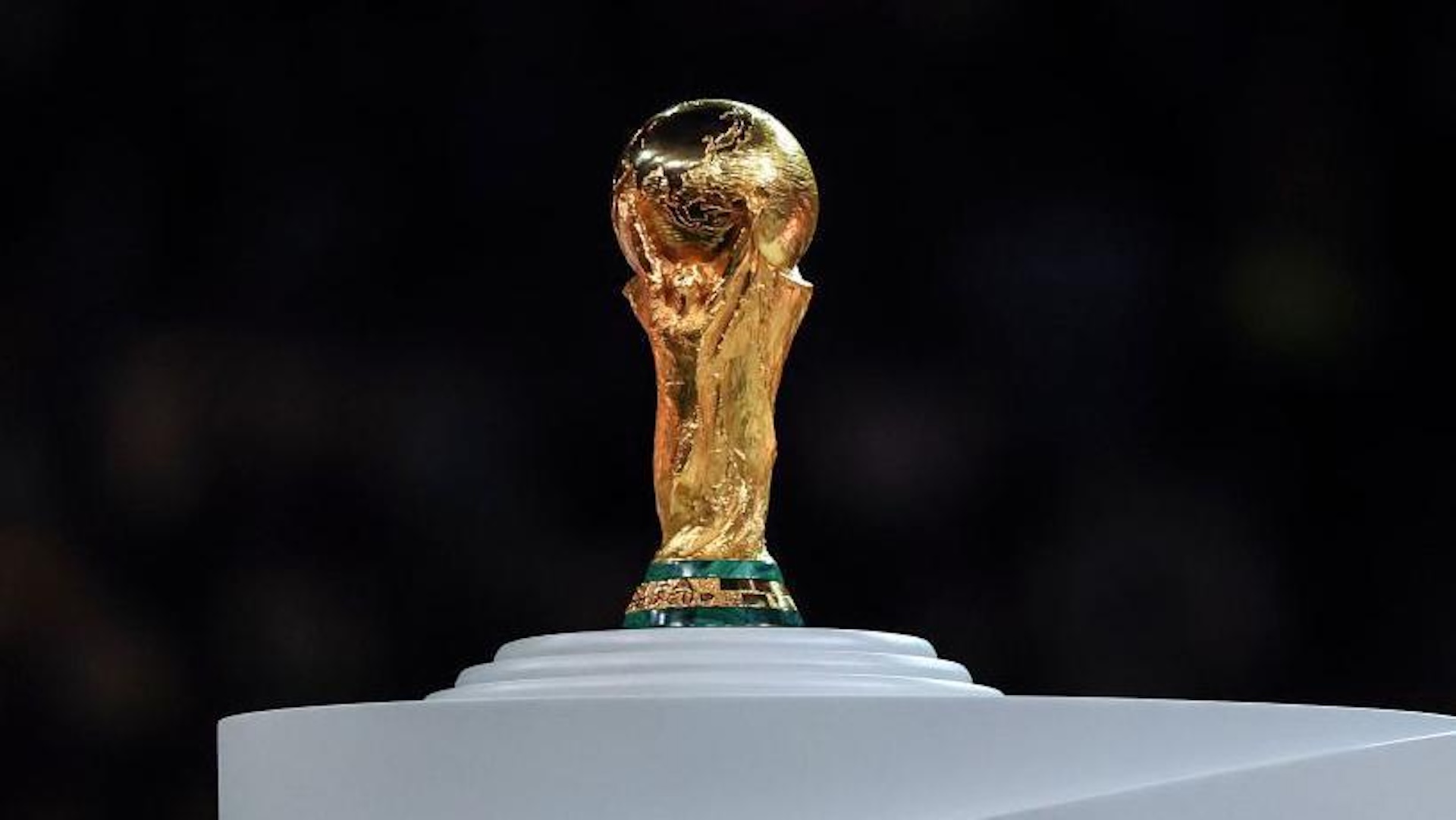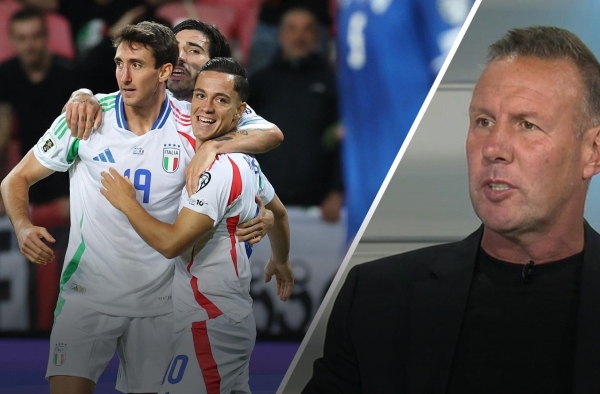Race to 2026 World Cup: Who Can Qualify Next?
As anticipation builds toward the 2026 FIFA World Cup, scheduled to be jointly hosted by the United States, Canada, and Mexico, nations worldwide are keenly preparing for qualification. This World Cup will be historic—not only because it is the first to be hosted by three nations simultaneously, but also due to the tournament’s expansion from 32 to 48 teams. This expanded format opens new opportunities and challenges for national teams vying for a coveted spot on football’s biggest stage.
Expanded Tournament Format and Qualification Structure
The 2026 World Cup’s increase to 48 teams means an expanded qualification process across FIFA’s six confederations: AFC (Asia), CAF (Africa), CONCACAF (North, Central America and Caribbean), CONMEBOL (South America), OFC (Oceania), and UEFA (Europe). Overall, 16 qualification slots have been added compared to previous World Cups, providing more nations a realistic path to qualification.
- 10 spots allocated to Europe (UEFA) – up from 13 to 16 (including host nations)
- 6 spots allocated to Africa (CAF) – up significantly to 9 spots
- 8 spots allocated to Asia (AFC)
- 6 spots for North, Central America, and Caribbean (CONCACAF) – hosts USA, Canada, and Mexico automatically qualify, reducing their regional slots accordingly
- 6 spots for South America (CONMEBOL)
- 1 or 2 spots for Oceania (OFC), with possibility to compete in an inter-confederation playoff tournament
Hosts and Their Automatic Qualification
In a first-of-its-kind arrangement, the United States, Canada, and Mexico automatically qualify as hosts. These three nations will form a robust competitive cluster in CONCACAF qualifiers due to their automatic entries. This means the regional qualifiers in CONCACAF will be even more intense as other teams vie for fewer remaining spots.
Key Confederation Qualification Races
- UEFA: Europe remains the toughest qualification zone. With 16 slots available for 55 national teams, including powerhouses like Germany, France, Spain, and Italy, the competition will be fierce. Early friendlies and Nations League performances will be indicators of form heading into qualifiers.
- CAF: Africa has expanded from five to nine direct qualification spots, representing a tremendous opportunity for emerging African teams like Senegal, Egypt, Ghana, and Morocco. The qualifying rounds will be fiercely competitive, with many nations investing in development to capitalize on the increased slots.
- AFC: Asia’s 8 places represent its largest allocation yet, promising fierce battles among established teams such as Japan, South Korea, Iran, and Saudi Arabia, as well as rising nations. The return to home-and-away qualifiers adds to the challenge.
- CONMEBOL: South America retains six direct spots, and with only 10 teams in the confederation, almost every match counts. Brazil and Argentina are favorites, but other nations like Uruguay, Colombia, and Ecuador will push hard to secure places.
- OFC: Oceania’s single slot remains a huge hurdle for teams like New Zealand, which will likely have to proceed through complex playoffs. They will also aim to succeed in inter-confederation playoff rounds to gain qualification.
- CONCACAF: With the three hosts qualifying automatically, the remaining CONCACAF teams face stiff competition for six remaining spots. Teams like Costa Rica, Jamaica, and Panama will battle to secure their place.
Qualification Timeline and Format Updates
Qualification campaigns typically span roughly two years and involve rigorous home-and-away matchups. The increased number of participating teams in the finals necessitates expanded qualification groups and sometimes additional playoff rounds, including intercontinental playoffs, which can be tense, winner-takes-all affairs. The process will unfold as preliminary rounds begin in 2024, moving into group phases and concluding in late 2025 or early 2026, just before the World Cup.
Which Nations Look Poised to Qualify Next?
As the qualifiers progress, football fans and analysts will watch trends closely to predict upcoming qualifiers. Here are some nations to watch:
- Emerging African teams such as Algeria, Tunisia, and Nigeria, pushed by the expansion in slots.
- Asian hopefuls like Australia, UAE, and Iraq aiming to leverage the increased qualification spots.
- South American surprises such as Chile and Venezuela, who could upset the traditional balance.
- European dark horses including Sweden, Switzerland, and Croatia, who frequently challenge in UEFA qualifiers.
Inter-Confederation Playoffs – The Final Gateway
A novel addition to the 2026 qualification is an expanded inter-confederation playoff involving six teams competing for the final two places in the World Cup. This mini-tournament will be hosted by one of the qualifying countries and includes contenders from OFC, AFC, CONCACAF, CONMEBOL, and possibly UEFA or CAF. These playoffs inject excitement and unpredictability at the qualification’s climax.
Impact on Global Football Development
The expanded World Cup format is anticipated to boost football development globally by allowing more countries to participate at the highest level, increasing exposure, revenue, and interest. National federations are investing in youth programs, infrastructure, and coaching to capitalize on their opportunities in qualification. This expansion is expected to foster more competitive balance in international football.
Conclusion
The race to the 2026 FIFA World Cup is underway with more nations than ever dreaming of appearing on football’s grandest stage. The tournament’s expansion not only reshapes qualification dynamics but also catalyzes football growth worldwide. Fans everywhere will be glued to qualifiers, witnessing historic battles as teams strive to carve their place in World Cup history.
Image courtesy by www.espn.com



